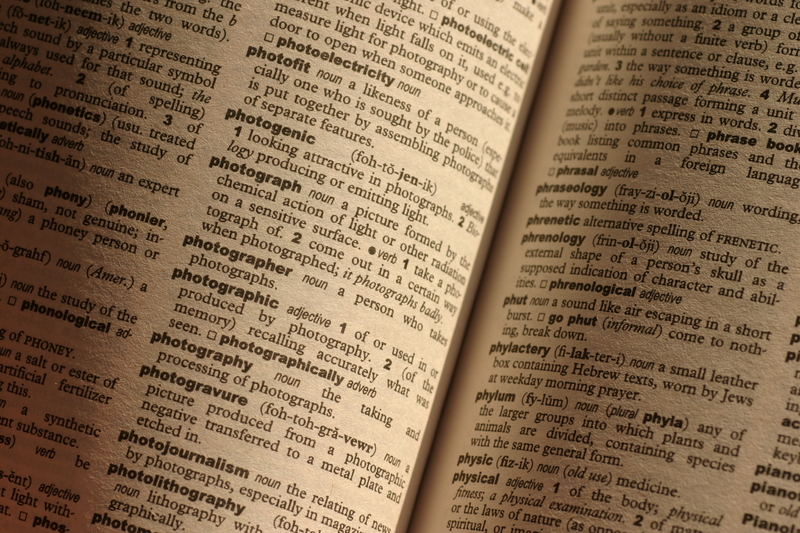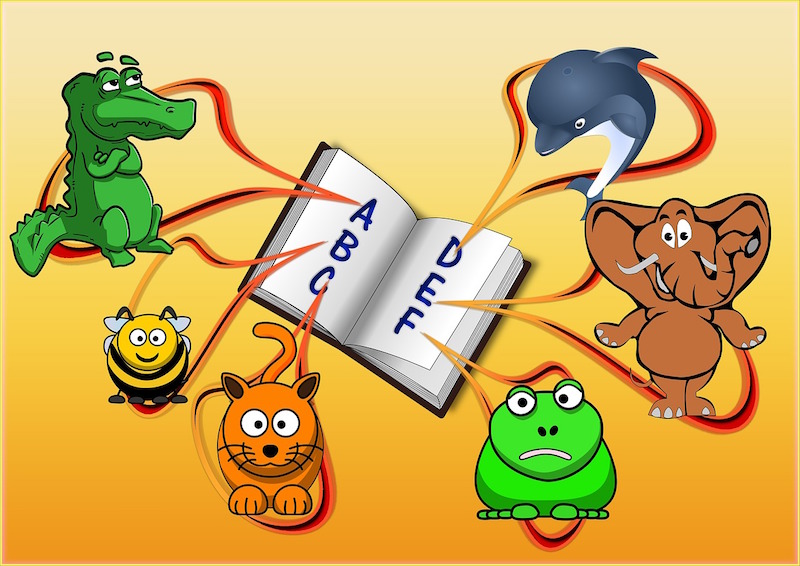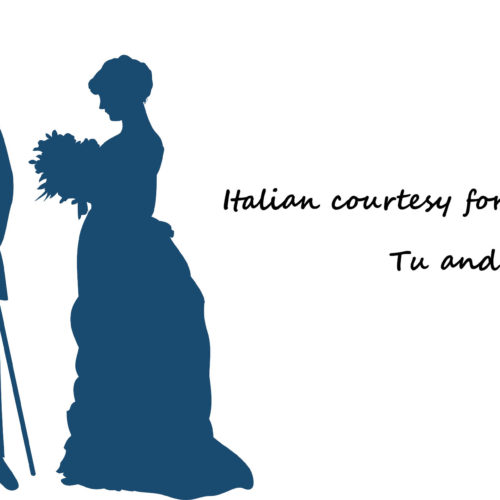ITALIAN FOR BEGINNERS
TEMPO PRESENTE – PRESENT TENSE
Italian has one present tense – il Tempo Presente that is equivalent to two present tenses in English, present indicative (she lives) and present progressive (I’m writing).
The present tense in Italian is formed by adding endings to the verbs. There are two types of verbs, regular and irregular and they follow different patterns to form present tense.
PRESENT TENSE OF REGULAR VERBS
Depending on the vowel in the infinitive form all regular verbs fall into one of the three categories.
Category 1 : Verbs with an infinitive ending in ARE
Examples of Category 1 verbs include abitare, comprare, imparare, lavorare and mandare.
This category contains verbs that require special attention. Verbs ending in -care (cercare) and -gare (pagare) add an h before the ending in the tu and noi forms to retain the hard sounds of c and g. Verbs ending in -iare (mangiare) drop the i from the infinitive stem in the tu and noi forms.
| CATEGORY 1 | ||||
| Abitare
to live |
Cercare
to look |
Pagare
to pay |
Mangiare
to eat |
|
| Io | abito | cerco | pago | mangio |
| Tu | abiti | cerchi | paghi | mangi |
| Lui/Lei | abita | cerca | paga | mangia |
| Noi | abitiamo | cerchiamo | paghiamo | mangiamo |
| Voi | abitate | cercate | pagate | mangiate |
| Loro | abitano | cercano | pagano | mangiano |
Category 2: Verbs with an infinitive ending in –ERE
Examples of Category 2 verbs include credere, leggere, ricevere and vedere.
This category doesn’t contain verbs that require special attention or follow different patterns.
| CATEGORY 2 | |
| Prendere
to take |
|
| Io | prendo |
| Tu | prendi |
| Lui/Lei | prende |
| Noi | prendiamo |
| Voi | prendete |
| Loro | prendono |
Category 3: verbs with an infinitive ending in –IRE
Examples of Category 3 verbs include dormire, spedire, capire, pulire and aprire.
Verbs in this category follow two patterns, that of aprire and that of pulire. The endings are the same for verbs that follow either pattern. However, verbs like pulire insert -isc- between the stem and the ending.
| CATEGORY 3 | ||
| Aprire
to open |
Pulire
to clean |
|
| Io | apro | pulisco |
| Tu | apri | pulisci |
| Lui/Lei | apre | pulisce |
| Noi | apriamo | puliamo |
| Voi | aprite | pulite |
| Loro | aprono | puliscono |
Each category of regular verbs has their own unique characteristics, but there are some similarities:
All verbs use the ending -o for the first person singular, e.g. abito, prendo and apro.
All verbs use the ending -i for the second person singular, e.g. abiti, prendi and apri.
All verbs use the ending -iamo for the first person plural, abitiamo, prendiamo and apriamo.
PRESENT TENSE OF IRREGULAR VERBS
There are twelve common verbs which follow irregular patterns in present tense. The most important irregular verbs are avere and essere because in addition to being frequently used in their own right, they are used as auxiliary verbs to form past tense.
| Avere
to have |
Essere
to be |
Venire
to come |
Uscire
to go out |
Andare
to go |
Dare
to give |
| ho | sono | vengo | esco | vado | do |
| hai | sei | vieni | esci | vai | dai |
| ha | è | viene | esce | va | da |
| abbiamo | siamo | veniamo | usciamo | andiamo | diamo |
| avete | siete | venite | uscite | andate | date |
| hanno | sono | vengono | escono | vanno | danno |
| Fare
to do/to make |
Sapere
to know |
Stare
to stay/to be |
Potere
can |
Dovere
must |
Volere
may |
| faccio | so | sto | posso | devo | voglio |
| fai | sai | stai | puoi | devi | vuoi |
| fa | sa | sta | può | deve | vuole |
| facciamo | sappiamo | stiamo | possiamo | dobbiamo | vogliamo |
| fate | sapete | state | potete | dovete | volete |
| fanno | sanno | stanno | possono | devono | vogliono |
Esercizio : Coniugare i verbi al presente
- Tu ……………………………….. (essere) molto bella.
- Gli studenti non …………………..……… (volere) studiare la lezione
- Loro non ………………………………. (essere) interessati
- Io ……………………………… (preferire) mangiare la pizza
- A me non ……………………………… (piacere) il pesce
- Giovanni ………………………..… (vestire ) in modo elegante
- Paolo ………………………..….. (andare) al concerto
- Noi……………………… (suonare) in un gruppo rock
- A noi ……………………..(piacere) gli spaghetti al pomodoro
- Io ………………………(andare) a trovare Luigi
Soluzione Esercizio: Coniugare i verbi al presente
- Tu ……………sei………………….. (essere) molto bella.
- Gli studenti non ……vogliono……… (volere) studiare la lezione
- Loro non …………sono……………. (essere) interessati
- Io ………………preferisco…… (preferire) mangiare la pizza
- A me non ………piace…………… (piacere) il pesce
- Giovanni ……veste……………..… (vestire ) in modo elegante
- Paolo …………va……..….. (andare) al concerto
- Noi…………suoniamo…………… (suonare) in un gruppo rock
- A noi ………….piacciono……….(piacere) gli spaghetti al pomodoro
- Io ………vado………….(andare) a trovare Luigi

































